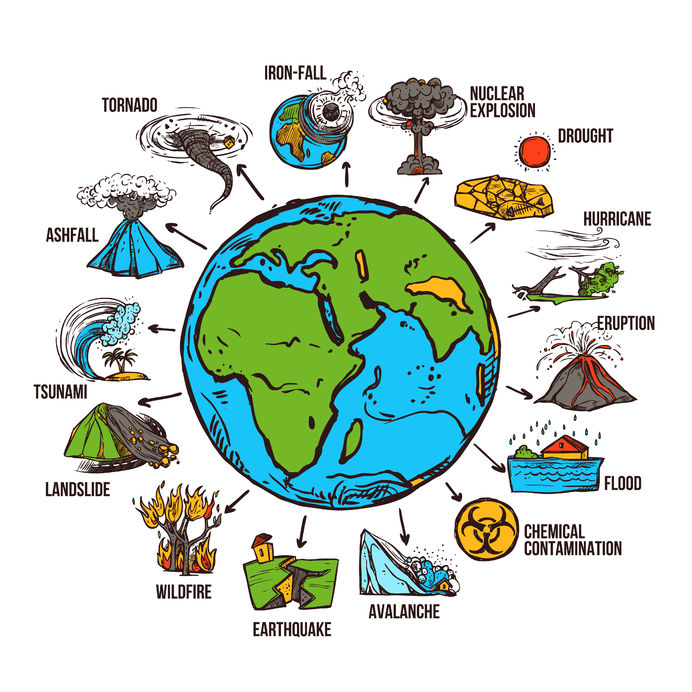What is it made of? How gravity is different from magnets. Which other planets have gravity?
Gravity is considered as the natural process in which the thing which has mass is bring towards each other. It includes all those objects which are ranging from atoms and masses to planets and stars. Every type of energy can be responsible for the gravitation as energy and mass are always equivalent.
The gravity which is present in the earth gives masses to different physical objects. Whereas, the same gravitational pull may leads to the ocean tides.
What is it made of?
The range of the gravity is infinite and the effect of gravity can increasingly weaker on the objects which are placed far from it. Gravity is an attractive force between all objects, but it is most significant in the case of massive bodies. The first development made by Sir Isaac Newton.
The value of gravity varies with mass and with distances between the attracting objects. Gravity has not the property of the Earth all objects in the Universe like stars, planets, and satellites are having gravity, but its value varies from one object to another.
An important aspect of gravity is its relationship to mass and the distance between two objects. An object’s weight is the amount of matter that it’s made up of and it stays the same everywhere e.g., on the Earth, on our Moon, on the ISS, etc. The weight of an object varies with the value of gravity.
It is heavier in places where gravity is higher (stronger) and lighter in places where gravity is lower, the air exerts a resistance force on falling objects. Force acting opposite to the gravitational pull. As it orbits the Earth in a constant state of free fall, the ISS has a microgravity environment, which is essentially a weightless environment.
How gravity is different from magnet?
Gravity and magnets is not the same thing. Since both of the faces are not similar, Gravity is a force which acts in between two things or objects with their mass.
Gravity and magnetic exploration are used to find out the minerals, faults, geothermal or petroleum resources, and ground-water reservoirs. Potential field surveys are inexpensive and can quickly cover large areas of ground. The primary goal of studying potential fields is to provide a better understanding of the subsurface geology. The methods are relatively cheap, non-invasive and nondestructive environmentally speaking.
They are also passive – that is, no energy needs to be put into the ground in order to acquire data. The portable instruments (gravimeter and magnetometer) also permit walking traverses.
Which other planet have gravity?
Gravity is the attraction between all objects, but it is most significant in the case of massive bodies. Sir Isaac Newton first developed the concept of gravity. Sir Isaac Newton understood that gravity varies based on both mass and the distances between the attracting objects.
Gravity is not being a peculiar property of the Earth. Every object in the universe like stars, planets and all consists of the gravitational force but the weight is most important. The mass of object’s is considered as the amount of matter in which they are made up of and it can be the same in every place e.g., on the Moon, on our Earth, on the ISS, etc.
On other side, the weight of an object varies with the value of gravity. This gravity is higher in some places as well as it is lighter in some other places. Today you can explore gravity only on our planet, Earth.
In order to find out the three-dimensional structure of the Earth’s interior, an additional disadvantage of gravity, indeed, of any potential field, over seismic imaging is that there is larger ambiguity in locating the source of gravitational anomalies, in particular in the radial direction.





